The electric vehicles (EV) industry has reached a pivotal moment as Tesla announces a groundbreaking shift in its Supercharger network strategy. In a bold move to foster greater adoption of electric mobility, Tesla’s Superchargers are now accessible to all electric vehicles, marking a significant milestone in the EV landscape.
The Evolution of Tesla’s Supercharger Network
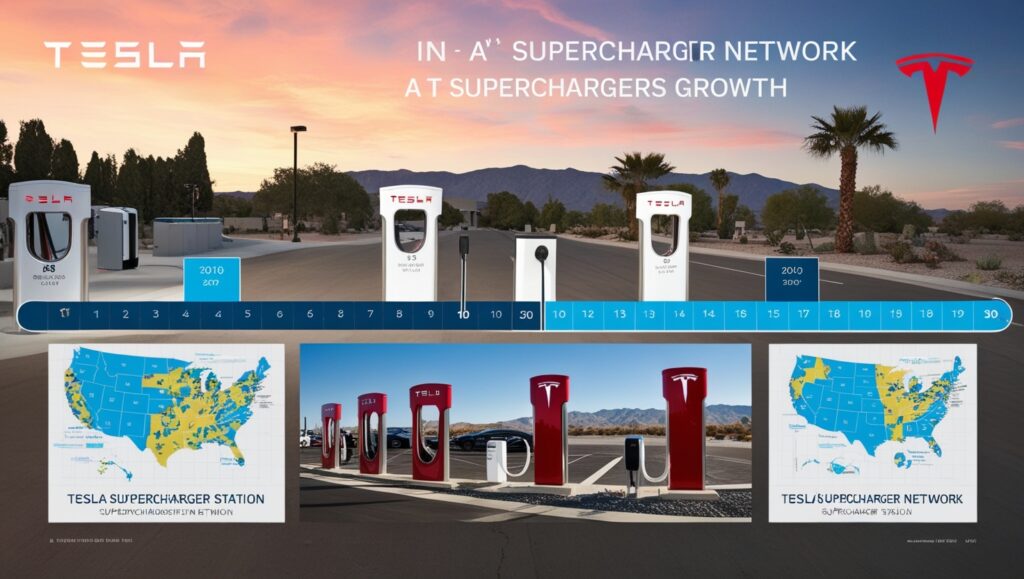
Since its inception, Tesla’s Supercharger network has been a cornerstone of the company’s strategy to enhance the EV ownership experience. Designed to provide rapid charging for Tesla owners, the network has grown exponentially, spanning thousands of locations globally. Initially, these Superchargers were exclusive to Tesla vehicles, ensuring a seamless and efficient charging experience for its customers.
However, the landscape of the EV market is changing rapidly. With more automakers entering the fray and consumer demand for EVs skyrocketing, the need for a more integrated and accessible charging infrastructure has become evident. Recognizing this, Tesla has decided to open its Supercharger network to all electric vehicles, a move that promises to revolutionize the industry.
Why This Change Matters
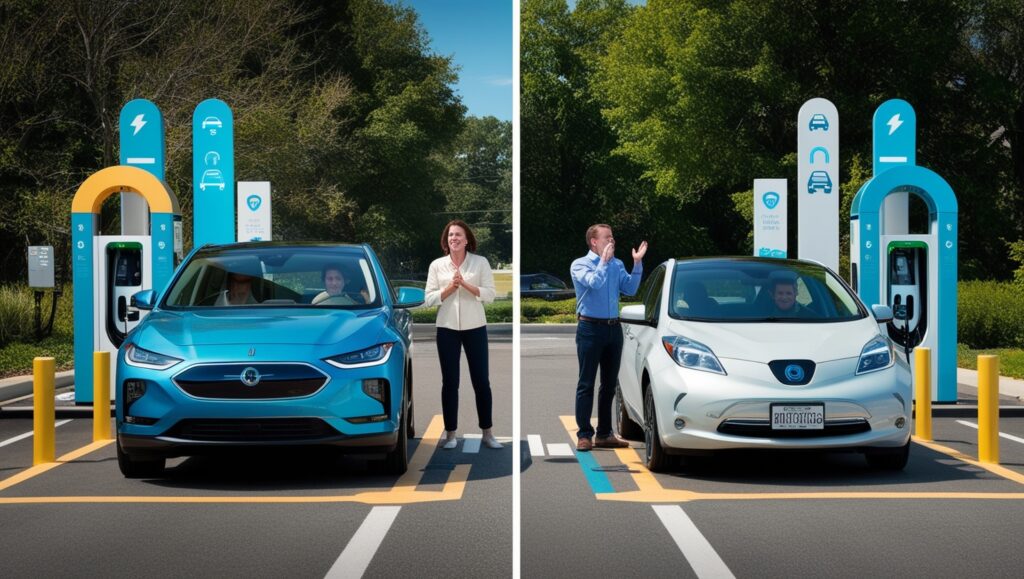
Accelerating EV Adoption
One of the most significant barriers to widespread EV adoption has been the availability and convenience of charging infrastructure. By opening its Supercharger network to all EVs, Tesla is addressing this issue head-on. This move not only alleviates range anxiety for non-Tesla EV owners but also encourages more consumers to make the switch to electric.
Enhancing Charging Convenience
For EV owners, the convenience of finding a reliable and fast charging station is paramount. Tesla’s Superchargers are renowned for their high-speed capabilities, significantly reducing charging times compared to other networks. By granting access to all EVs, Tesla is setting a new standard for charging convenience, making long-distance travel more feasible and stress-free.
Driving Industry Collaboration
Tesla’s decision to open its Superchargers to other EV brands signifies a shift towards greater industry collaboration. This move encourages other automakers and charging network providers to work together, creating a more unified and efficient charging ecosystem. As a result, consumers will benefit from a more cohesive and user-friendly charging experience.
Technical Aspects of Tesla Superchargers

Charging Speed and Efficiency
Tesla Superchargers are designed to deliver high power output, with the latest V3 Superchargers capable of providing up to 250 kW of power. This translates to a much shorter charging time, allowing EV owners to recharge their batteries quickly and get back on the road. The advanced technology behind these chargers ensures maximum efficiency and reliability, making them a preferred choice for long-distance travelers.
Compatibility and Integration
To accommodate non-Tesla EVs, Tesla has introduced a new adapter system that ensures compatibility with various EV models. This adapter allows non-Tesla vehicles to connect seamlessly to the Supercharger network, maintaining the high standards of safety and performance that Tesla owners have come to expect.
Network Expansion and Accessibility
Tesla is continually expanding its Supercharger network, with new stations being added regularly. This ongoing expansion ensures that EV owners have access to charging facilities in more locations, further reducing the limitations associated with long-distance travel. By opening the network to all EVs, Tesla is maximizing the utility of its infrastructure, benefiting a broader range of consumers.
Economic and Environmental Impacts

Boosting Local Economies
The expansion and increased utilization of Tesla’s Supercharger network have positive economic implications. Supercharger stations are often strategically located near amenities such as restaurants, cafes, and shops, driving foot traffic and boosting local businesses. By attracting a wider range of EV owners, these businesses stand to benefit even more, fostering economic growth in the surrounding areas.
Reducing Carbon Footprint
One of the primary motivations behind the push for top electric cars is the reduction of greenhouse gas emissions. By making its Supercharger network accessible to all EVs, Tesla is contributing to the broader effort to reduce the carbon footprint of transportation. Increased adoption of EVs, facilitated by the availability of reliable charging infrastructure, will lead to a significant decrease in emissions, promoting a cleaner and more sustainable future.
Challenges and Considerations
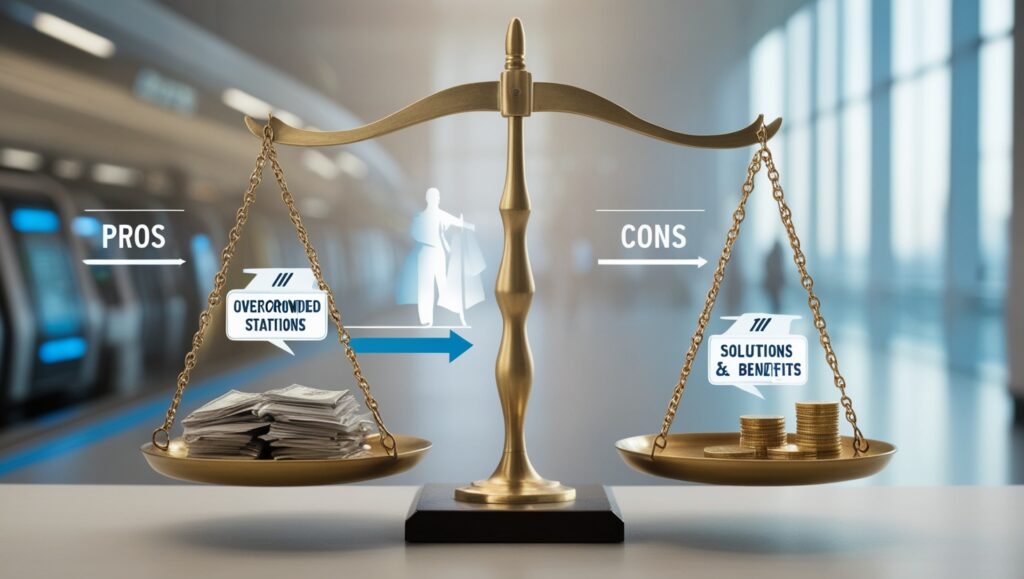
Managing Increased Demand
While opening the Supercharger network to all EVs is a positive step, it also presents challenges. One of the primary concerns is managing the increased demand for charging stations. Tesla will need to ensure that the network can handle the additional load without compromising the charging experience for its customers. This may involve further investment in infrastructure and the development of advanced scheduling and reservation systems.
Maintaining Charging Speed and Availability
As more EVs utilize the Supercharger network, maintaining the high-speed charging capabilities and availability of stations becomes crucial. Tesla’s commitment to continuous improvement and technological innovation will play a vital role in addressing these challenges, ensuring that all users enjoy a premium charging experience.
Future Prospects and Innovations
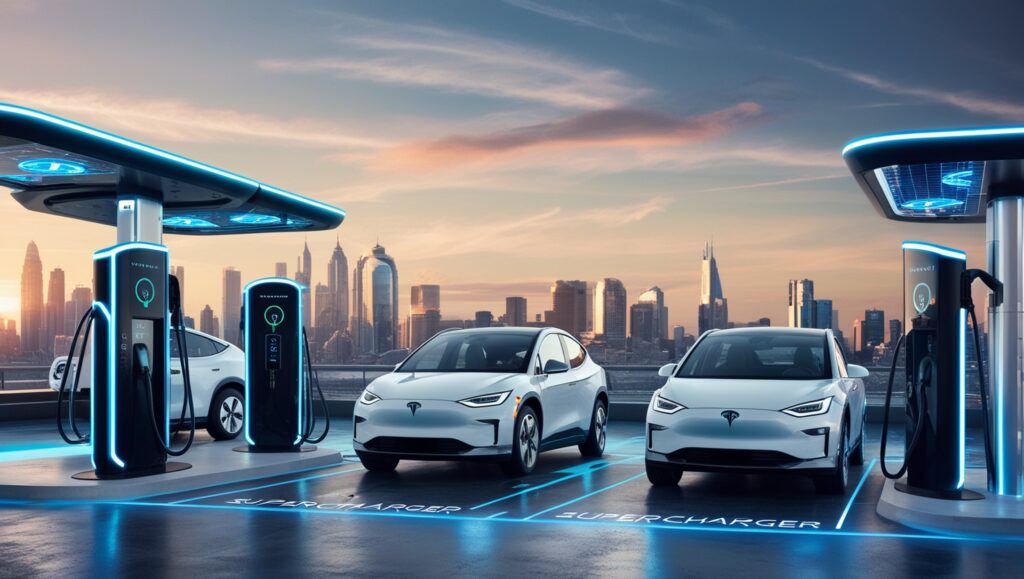
Integration with Renewable Energy
Tesla’s vision for a sustainable future extends beyond electric vehicles. The company is actively working on integrating its Supercharger network with renewable energy sources such as solar and wind power. By harnessing renewable energy, Tesla aims to further reduce the environmental impact of its charging infrastructure, making EV charging not only convenient but also environmentally friendly.
Smart Charging Solutions
The future of EV charging lies in smart and interconnected solutions. Tesla is at the forefront of developing smart charging technologies that optimize energy usage, manage grid demand, and provide real-time data to users. These innovations will enhance the overall efficiency of the Supercharger network, offering a more intelligent and responsive charging experience.
Key Benefits for Electric Vehicle Owners
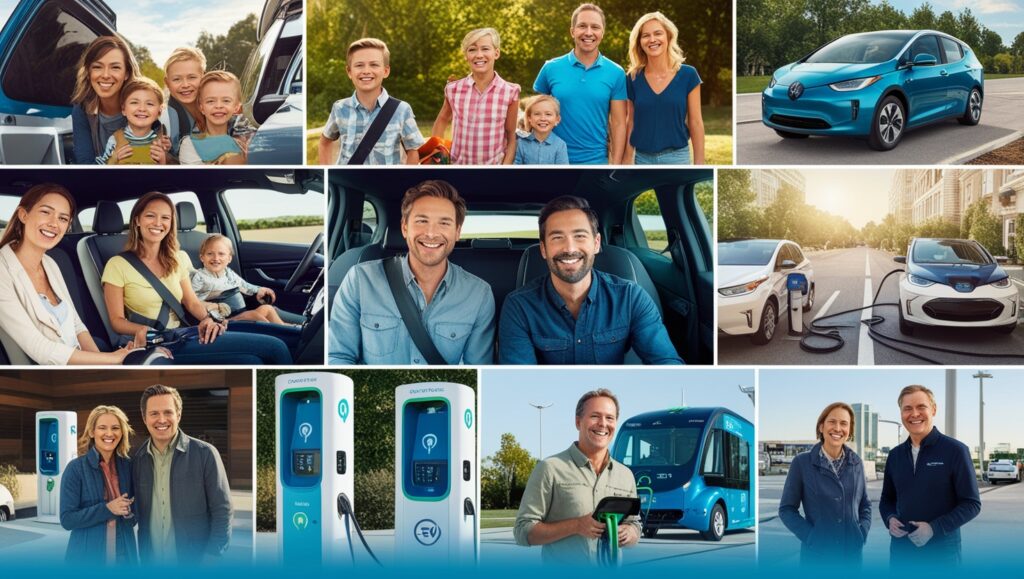
Increased Charging Options: Access to the extensive Tesla Supercharger network significantly increases the number of available charging stations for non-Tesla EV owners, reducing wait times and making long trips more feasible.
Faster Charging Times: Tesla Superchargers offer some of the fastest charging times available, which is a crucial benefit for all electric vehicle owners.
Enhanced Travel Convenience: With more charging stations available, planning routes for long-distance travel becomes easier and more flexible for all electric cars.
Top Electric Vehicles Benefiting from This Move
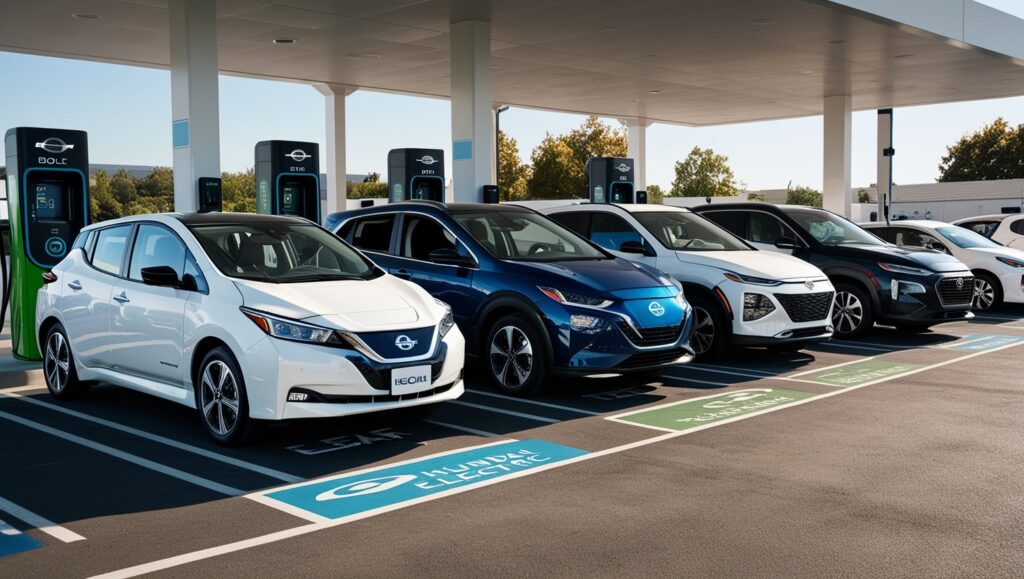
Some of the top electric vehicles that will benefit from the access to Tesla Superchargers include:
1. Best Electric Cars such as the Nissan Leaf, Chevrolet Bolt, and the Hyundai Kona Electric.
2. Best Electric SUVs like the Ford Mustang Mach-E, Audi e-tron, and the Volkswagen ID.4.
3. Best Electric Bikes are also becoming more popular, and while they typically use different charging solutions, the overall infrastructure improvement benefits the entire EV ecosystem.
Pricing and Accessibility
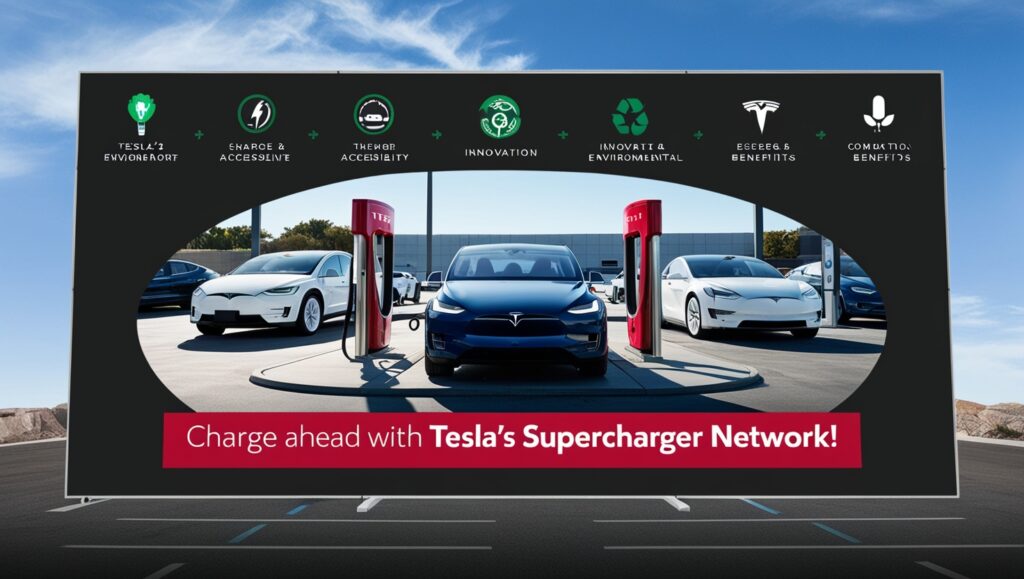
While Tesla has not yet detailed the exact pricing for non-Tesla EV owners using the Supercharger network, it is expected to be competitive. This move could potentially influence the pricing strategies of other charging networks, making charging more affordable and accessible across the board.
Conclusion
Tesla’s decision to open its Supercharger network to all top electric vehicles marks a transformative moment in the EV industry. This bold move promises to accelerate the adoption of electric mobility, enhance charging convenience, and foster greater industry collaboration.
By leveraging its advanced charging technology and expanding its infrastructure, Tesla is setting new standards for the EV ecosystem. As we look to the future, Tesla’s commitment to innovation and sustainability will undoubtedly continue to drive progress, paving the way for a cleaner and more connected world.
